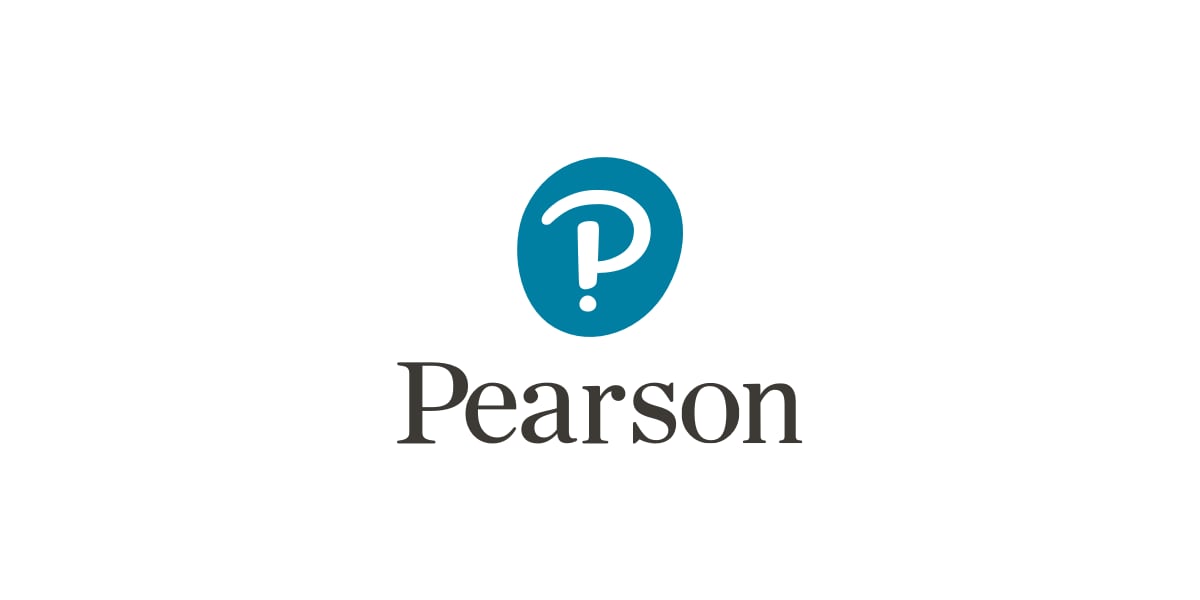Minnesota Multiphasic Personality Inventory-Adolescent
MMPI-A- An empirically based measure of adolescent psychopathology, the Minnesota Multiphasic Personality Inventory®-Adolescent (MMPI®-A) aids in problem identification, diagnosis, and treatment planning for youth. Guidance on using this test in your telepractice
Choose from our formats
-
Kits
Starter & complete kits, print & digital
2 options
From £181.20 -
Test forms & reports
Booklets, record forms, answer sheets, report usages & subscriptions
7 options
From £24.00 -
Support materials
Manuals, stimulus books, replacement items & other materials
9 options
From £20.40 -
All products
All tests and materials offered for MMPI-A
18 options
From £20.40
-
MMPI-A HandScoring Reorder Kit
9780749154042 Qualification Level CIncludes 50 Answer Sheets and 50 validity and Clinical Scales Profile Forms
-
MMPI-A Component Scales Profile and Record Forms
9780749154080 Qualification Level CPack of 25 each
-
MMPI-A Content Scales Profile and Record Forms
9780749154073 Qualification Level CPack of 25 each
Estimated to ship:More than 12 weeks -
MMPI-A CD
9780749154011 Qualification Level C -
MMPI-A Clinical Subscales Profile and Record Forms
9780749154066 Qualification Level CPack of 25 each
-
MMPI-A Supplementary Scales Profile and Record Forms
9780749154097 Qualification Level CPack of 25 each
-
MMPI-A HandScore Complete Kit
9780749154035 Qualification Level CIncludes all the materials necessary to administer and score 50 Protocols including 10 Test Booklets
Estimated to ship:More than 12 weeks -
MMPI-A Manual Supplement (2006)
9780749153939 Qualification Level C -
MMPI-A Validity and clinical Profile and Record Forms
9780749154059 Qualification Level CPack of 25 each
-
MMPI-A Test Booklets
9780749154004 Qualification Level CPack of 10
-
MMPI-A Manual
9780749153922 Qualification Level CEstimated to ship:More than 12 weeks -
MMPI-A Minnesota Report Adolescent Guide
9780749153946 Qualification Level C -
MMPI-A Q-global Interpretive System Report
9780749166380 Qualification Level C -
MMPI-A Q-global Basic Service Report
9780749166366 Qualification Level C -
MMPI-A Q-global Digital Manual Supplement
9780749115777 Qualification Level C -
MMPI-A Q-global Digital User Guide
9780749115821 Qualification Level C -
MMPI-A Q-global Extended Score Report
9780749166373 Qualification Level C -
MMPI-A Q-global Digital Administration Manual
9780749115722 Qualification Level C
Overview
- Publication date:
-
1992 (Manual), 2006 (Manual Supplement)
- Age range:
- 14-18 years
- Reading Level:
- 4.9 grade (Lexile average), 4.4 grade (Flesch-Kincaid)
- Qualification level:
- C
- Completion time:
-
Approximately 60 minutes
- Administration:
- Online administration, Computer, CD, paper and pencil
- Scoring options:
- Q-global™ Scoring & Reporting, Hand Scoring, Q™ Local Software.
- Report Options:
- MMPI-A Adolescent System Interpretive Reports, Extended Score Report
- Norms:
- The MMPI-A normative sample consists of 1,620 adolescents (805 boys; 815 girls) between 14 and 18 years of age from several regions of the U.S., a balanced sample for region, rural-urban residence, and ethnicity.
- Telepractice:
- Guidance on using this test in your telepractice.
Product Details
The MMPI-A-RF has now been released. View the page.An empirically based measure of adolescent psychopathology, the MMPI-A test contains adolescent-specific scales, and other unique features designed to make the instrument especially appropriate for today’s youth. Offering reports tailored to particular settings, the MMPI-A test helps provide relevant information to aid in problem identification, diagnosis, and treatment planning for youth (ages 14–18). How to Use This TestSchool, clinical, and counseling psychologists can use this self-report inventory to help:
Key Features
ScalesPsychometric InformationThe normative sample of the MMPI-A test consists of 805 adolescent males and 815 adolescent females from eight communities in the U.S. The sites were chosen to maximize the probability of obtaining a balanced sample of subjects according to geographic region, rural/urban residence, and ethnic background. |
|
Training
Getting Started with the Q-global Training SeriesView these brief training modules about Q-global: |
Scoring & Reporting
Interpretive ReportThis comprehensive report helps provide an objective psychological picture of the adolescent through scale scores, special indices, and narrative statements. Based on extensive experience in MMPI and MMPI-2 research and clinical practice, authors James N. Butcher, PhD, and Carolyn L. Williams, PhD, provide information on the following:
The report presents the following scales:
Sample Reports Specialized reports are available for the following settings:
Extended Score ReportThis report provides raw and T scores for all standard MMPI-A scales as well as the PSY-5 Scales, Content Component Subscales, and critical items. Sample Report Basic Service ReportThe Basic Service Report has been discontinued. See the MMPI-A Extended Score Report or the MMPI-A-RF Score Report for alternatives most similar to the Basic Service Report. Scoring and Reporting OptionsQ-global™ Web-based Administration, Scoring, and Reporting – Enables you to quickly assess and efficiently organize examinee information, generate scores, and produce accurate comprehensive reports all via the Web. Q Local™ Scoring and Reporting Desktop Software - Enables you to score assessments, report results, and store and export data on your computer. Manual Scoring - Administer assessments on answer sheets and score them yourself with answer keys and profile/record forms. |
FAQs
|
Frequently asked questions follow. Click on a question to see the response.
|


